9 /10 1 Votes9
Release date(s) June 1987 (Arcade) Initial release date 1987 | 4.5/5 Emuparadise Cabinet Upright Series 1942 | |||||||||||||||||||||||||||||||||
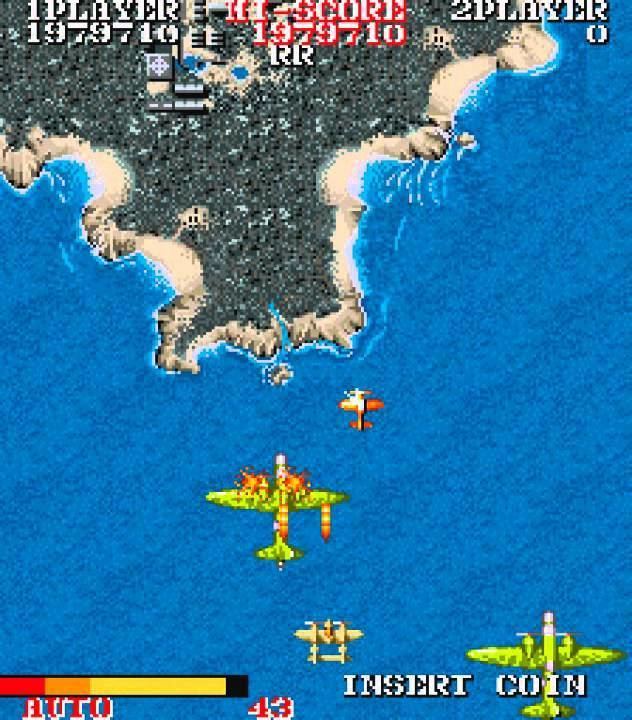 | ||||||||||||||||||||||||||||||||||
Composer(s) Original release:Kumi Yamaga1943 Kai:Manami MatsumaeTakashi TateishiJunko TamiyaHiroshige TonomuraTamayo KawamotoHarumi Fujita Genre(s) Vertical scrolling shooter Arcade system Capcom Commando Hardware Platforms Arcade game, Nintendo Entertainment System, Xbox Publishers Capcom, Erbe Software, SA, Kixx, Go! Similar 1942 games, Shoot 'em up games | ||||||||||||||||||||||||||||||||||
1943 the battle of midway arcade full run on level 16 hardest
1943: The Battle of Midway (1943 ミッドウェイ海戦, Ichi Kyū Yon San: Middouei Kaisen) is a 1987 shoot 'em up arcade game developed and published by Capcom. It was the first followup to Capcom's earlier 1942.
Contents
- 1943 the battle of midway arcade full run on level 16 hardest
- 1943 the battle of midway arcade 1987 video game years history
- Gameplay
- Ports
- NES
- 1943 Kai
- References
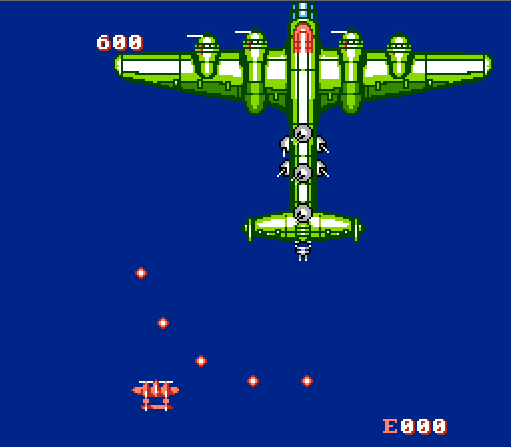
1943 the battle of midway arcade 1987 video game years history
Gameplay
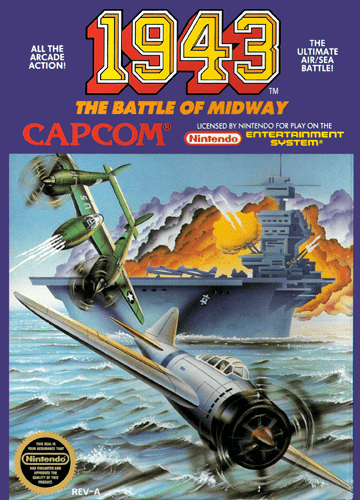
The game is set in the Pacific theater of World War II, off the coast of the Midway Atoll. The goal is to attack the Japanese air fleet that bombed the American aircraft carrier, pursue all Japanese air and sea forces, fly through the 16 stages of play, and make their way to the Japanese battleship Yamato and destroy her. 11 of these stages consist of an air-to-sea battle (with a huge battleship or an aircraft carrier as the stage boss), while 5 stages consist of an all-aerial battle against a squadron of Japanese bombers with a mother bomber at the end.
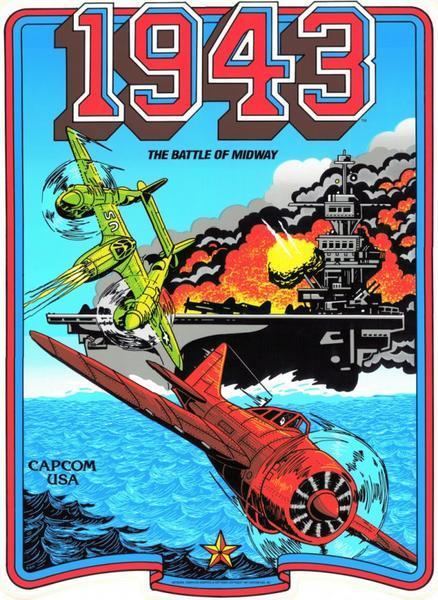
As in 1942, players pilot a P-38 Lightning. Controls are also similar: button 1 fires main weapons, and button 2 performs two special actions: a loop maneuver like in 1942, or one of three special lightning attacks in exchange for some of the player's fuel. Indeed, players now have only one life, in the form of a large "fuel" meter; constantly depleting, but refillable by collecting various powerups (chiefly "Pow" icons). In 2-player mode, when both players overlap their planes on screen, the energy bar can be transferred from the player with more fuel to the player with less. Destroying a complete formation of red enemy planes will result in a power-up, such as a health boost or a new main weapon.
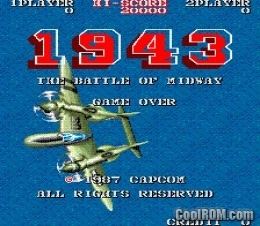
There are cheat codes, different for every stage, ranging from holding down a fire button or pointing the joystick in a certain direction; player(s) are rewarded with fully upgraded weapons.
Ports
Capcom released their own port for the NES, but the game has also been ported to the Atari ST, the ZX Spectrum, the Amstrad CPC, the Commodore 64 and the Amiga. In 1998 it was rereleased as Capcom Generation 1 for the Sega Saturn and the PlayStation. In 2005 it was re–released for Xbox and PlayStation 2 as part of Capcom Classics Collection, and again in Capcom Classics Collection: Reloaded on the PlayStation Portable. It also included as the initial game in Capcom Arcade Cabinet, a compilation of games released digitally for PlayStation 3 and Xbox 360 on February 19, 2013 in which the games are sold individually or in packs. The overall faithfulness and quality of execution of these third party versions varies greatly.
NES
Released exactly one year after the arcade version, the NES version of 1943 introduced the ability to improve the player's plane by permanently upgrading certain aspects of its abilities. These include the plane's offensive and defensive powers, the maximum fuel level, and its special weapons and their durations. This somewhat alters the game balance and a different tactic is required to survive the game. For example, initially very few weapons are made available; more can be attained from power-ups by putting statistic points into "special weapons ability".
1943 Kai
Developed and released alongside the Family Computer version, 1943 Kai: Midway Kaisen (1943改 ミッドウェイ海戦) is an arcade game, an "alternate" version of the original 1943, released in 1987 only in Japan. Most of the graphics and sounds have been reworked, and the game has been made more "extreme" (laser-firing World War II planes and ships that run on ground). Further, the trademark P-38 has been replaced with a Boeing Stearman E75 N68828.
In 1991, this version was converted to the PC Engine as simply 1943 Kai, again exclusively in Japan; this version contains many additional levels and original music.
Although the arcade release was exclusive to Japan, the arcade version itself was included in the 1998 Capcom Generations for the Sega Saturn and the PlayStation and in the 2005 Capcom Classics Collection for PlayStation 2 and Xbox.
